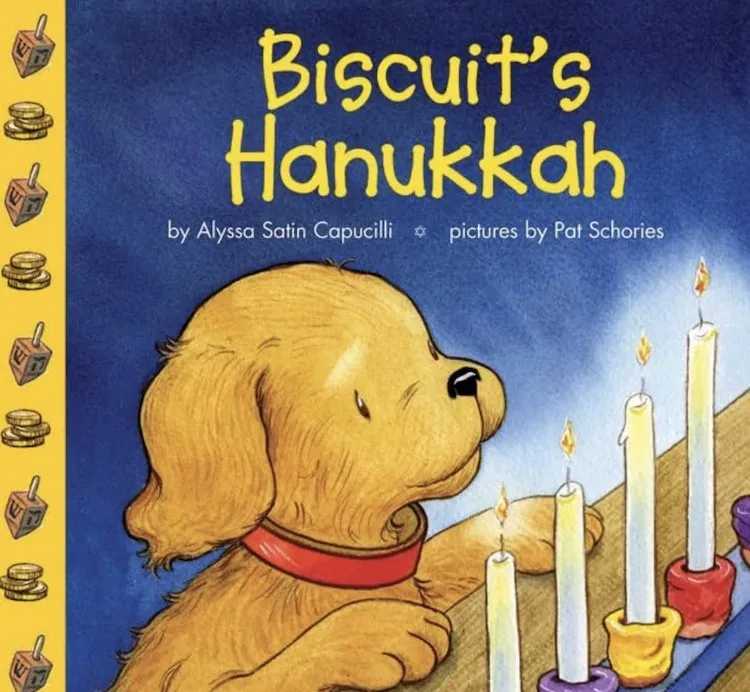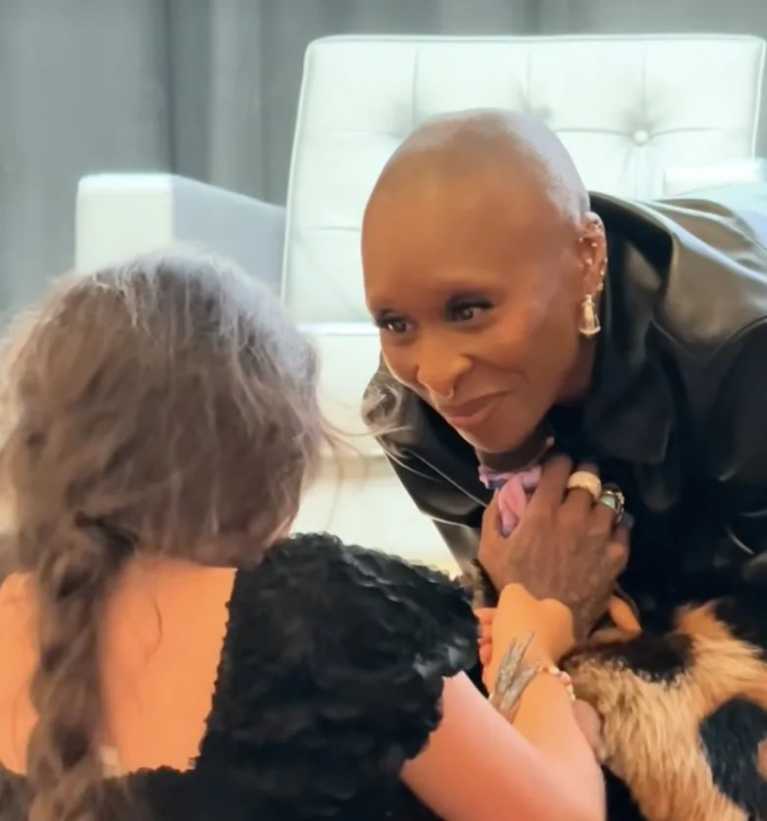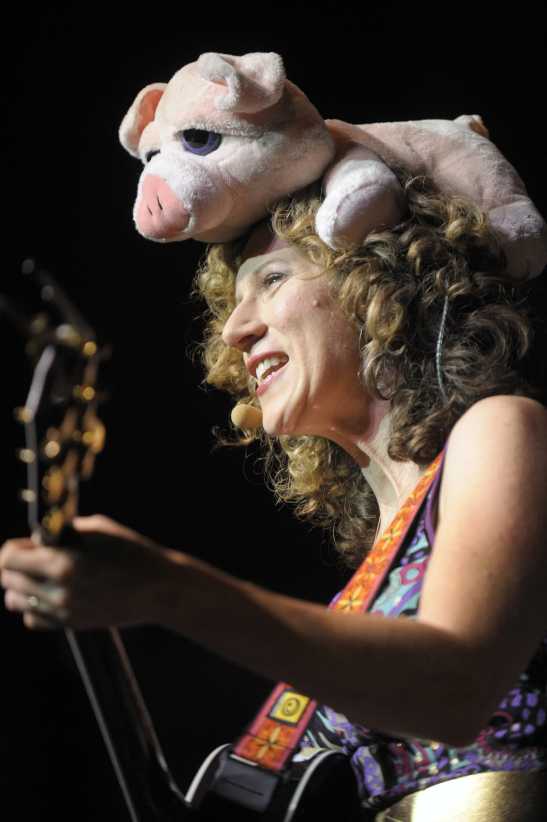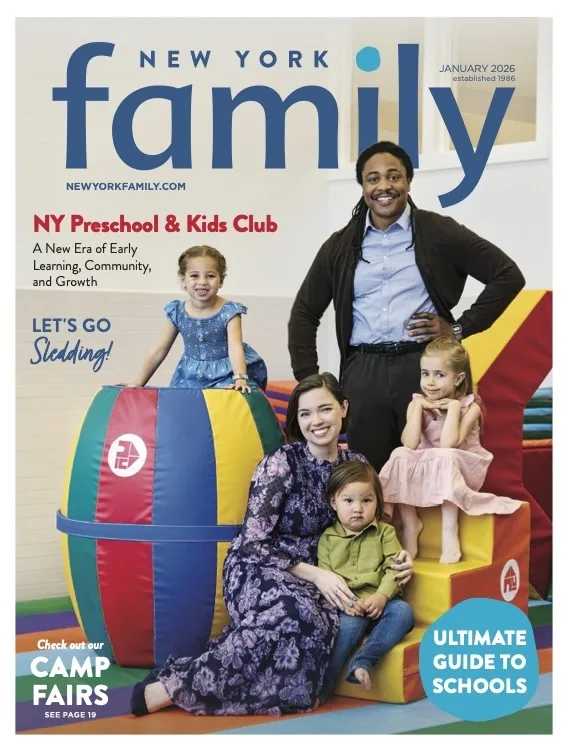
The Big Takeaways From Inside Out 2: For Kids and Parents
Almost a decade ago, on June 15th, 2015, Inside Out made its mark in cinema and has since become one of Pixar’s universally beloved childhood gems. The film’s themes of navigating change and understanding emotions resonated universally with viewers and families, making it a relatable experience for moms, dads, and kids. It had just about anyone who watched shedding a couple of tears in theaters. So, the expectations for Inside Out 2 were high.
While sequels rarely do better than the original, Inside Out 2 did not disappoint. In this sequel, we see Pixar take something as universal and complex as puberty and break it down in such an excellent way that allows parents and children to walk away feeling seen, have space to create open dialogues about complex emotions, and, overall, leave families feeling comforted and with a sense of relief when navigating this period of life that comes in hard and fast for all families.
This movie has many gems and key takeaways for parents and children, making it a must-watch. Educational professional Tyreca Elliott, Manager of KinderCare’s Inclusion Services team, agreed and kindly shared her insights on the film. She also gives us some excellent strategies for navigating complex emotions at home and in the classroom. But before diving into everything, I have to leave a spoiler warning; it’s just good movie etiquette, so if you haven’t watched and are planning to, save this and return to it later. Alright, you’ve been warned.
Be sure to check out…$1 Movies: The Regal Summer Movie Express Is Back!
Inside Out 2 and The Complexity of Puberty
It’s now 2024, and we’re meeting up with Riley and her emotions again. While things have finally settled in San Francisco, Riley is now thirteen and is thrown into puberty overnight. While joy, sadness, fear, anger, and disgust clock out for the night and peacefully slumber, an alarm goes off on the control panel, and it’s officially demo day; puberty comes in like a wrecking ball and changes everything.
Riley wakes up from her sleep, and as the emotions try to start working on the panel, the slightest touch creates a heightened sense of emotion, which we see when she’s speaking to her mom. Anger touches the panel, and Riley responds with heightened anger. We also get a glimpse of mom’s inner dialogue when her emotions think, “We just got a glimpse of the next ten years,” while commenting on Riley’s smell. It perfectly depicts our feelings and how we grow through puberty.
Parents and children can watch and relate to this moment because puberty comes without warning and settles in pretty intensely, and this is all perfectly normal, according to Lisa Damour, an American clinical psychologist and author who worked alongside Pixar to help develop this sequel by sharing her expertise on the reality of puberty in adolescents.
Damour helped develop the new emotions in this film because puberty brings a much more complex set of emotions. This time around, we’re meeting envy, embarrassment, ennui, and anxiety. There’s nostalgia, too, but we won’t see that feeling for a few more years.
As the new emotions settle in and Riley begins to navigate puberty, she gets hit with the news that any thirteen-year-old would find devastating: Her friends will not be attending the same high school as she is. The news sends just about every emotion into shock, and we begin to see anxiety slowly come in and take over, wanting to protect Riley from the potential loneliness of trying to figure out life at a new school without her friends.
When Anxiety Takes Over
The movie dives into what life is like when anxiety takes over and what that can look like for teens and, honestly, anyone who watches. Riley’s anxiety is a perfect depiction of what happens when we experience anxiety. It hits every key point of how anxiety works in our minds. Anxiety thinks of every possible scenario of how things can go wrong to try and prevent them from happening, pushes Riley to try and be the best so that she won’t have to feel alone, and eventually leaves her with this overwhelming feeling that not even anxiety, the emotion in the movie, saw coming: Riley feels like she’s not good enough.
The sense of not feeling good enough, coupled with Riley’s isolation from her friends, lack of sleep, and overall loss of her sense of self, leads her to have a panic attack. This moment, in particular, stands out as a critical moment that is significant for families to watch. It illustrates what a panic attack can feel like and why it may come on, and it is a great way to open up a dialogue with kids on how to handle these moments that are more common than people think.
In the film, Riley settles down by doing some key things: slowing down, focusing on her breathing, and touching her seat. All forms of grounding techniques that can help during a panic attack. While the film does a great job of introducing us to complex emotions, we aren’t given much information on strategies for managing these emotions in the real world. Here’s where our expert from KinderCare Inclusion Services comes in.
KinderCare is dedicated to providing the best early education for children, offering expert care and proven programs in safe, reliable centers. We had the pleasure of asking Tyreca Elliott, Manager of KinderCare’s Inclusion Services team, parent, and former KinderCare Learning Center classroom teacher, some questions about anxiety and how Inside Out 2 approaches this universal feeling and experience.
Expert Advice on How to Approach Anxiety
What key takeaways should parents and children consider after watching Inside Out 2?
Inside Out 2 allows families to talk about the variety of emotions we all feel every day. Parents can use the movie as the jumping off point for conversations with their children about how they’re feeling by asking questions like “Have you ever felt like that before?” or “Remember when Riley felt like (emotion)? I feel that way too sometimes, what about you?” It’s a great opportunity to help kids identify and name their emotions, normalize sharing how they are feeling, and learn tools to manage feelings as they come up.
How can Inside Out 2 be used to teach emotional intelligence and mental health?
Parents can use Riley’s experiences to show their kids that it’s OK to feel different emotions and that they can express those emotions in healthy ways. They can also learn to recognize other people’s emotions and learn to empathize when others are feeling similar emotions. Providing that kind of support and using encouraging dialogue will help teach kids emotional intelligence and give them a solid foundation for managing their mental health.
What are some common signs of anxiety in children and adolescents that you’ve seen first-hand?
Experiencing some anxiety is a normal part of child development. Anxiety can show up in different behaviors among young children, depending on their age, like being restless and having trouble sleeping, consistent worry or fear, or sudden big emotions like anger or crying. When kids are experiencing anxiety, it’s important to be present with them, help them express their feelings, name the emotions they’re experiencing, and show them ways to cope, like taking deep breaths.
How does anxiety affect a child’s performance in school and social interactions?
Anxiety can often impact sleep schedules and lead to children feeling tired and unable to concentrate at school. Kids may shy away from their friends or social interactions to avoid anxious feelings. While anxiety can impact kids in different ways, ultimately, it can make it harder for them to engage in classroom experiences with their peers or engage in new experiences.
Can you share any strategies for managing anxiety and any other complex emotions at home and in the classroom?
It’s important to teach and practice coping strategies when the child is calm. Once families or teachers begin to notice a change in the child’s mood or if there are things that typically cause anxiety or big emotions, adults can then reference the tools the child has already learned. By helping the child identify when they begin to feel those particular emotions, the child will learn to ask for help from an adult and then begin to regulate their emotions on their own.
For example, when kids are feeling overwhelmed, parents can take the time to acknowledge and validate their children’s feelings, hear their point of view, and offer them the support they need. Every child is different – some kids need hugs, while others need to talk about it or just have a caring adult be present with them as they work through it. Some children may need to express their emotions through big-body play or have a fidget or comfort object to squeeze or cuddle while they regulate.
Inside Out 2 has become a box office hit and might be an essential watch for families with teens learning to navigate a new world of emotions. It’s a great watch for all ages, and we definitely recommend heading out to the movies and watching this summer’s must-see animated film.













